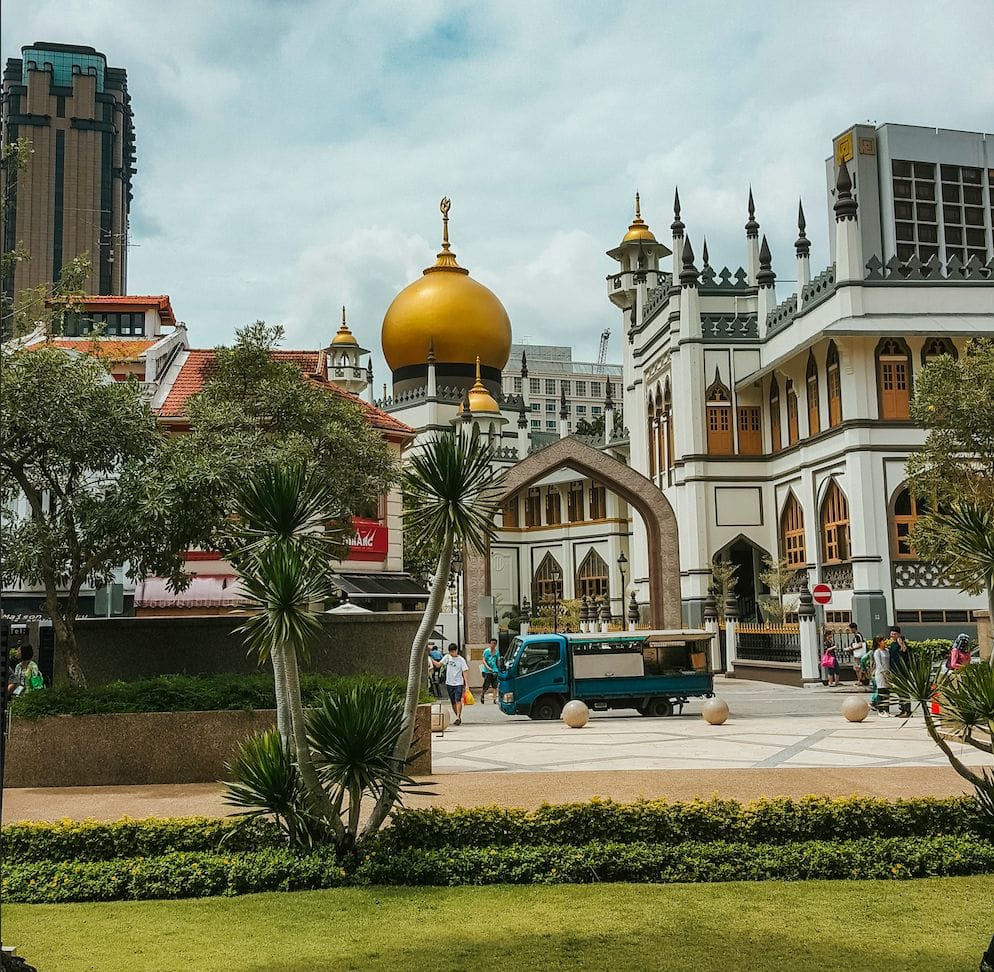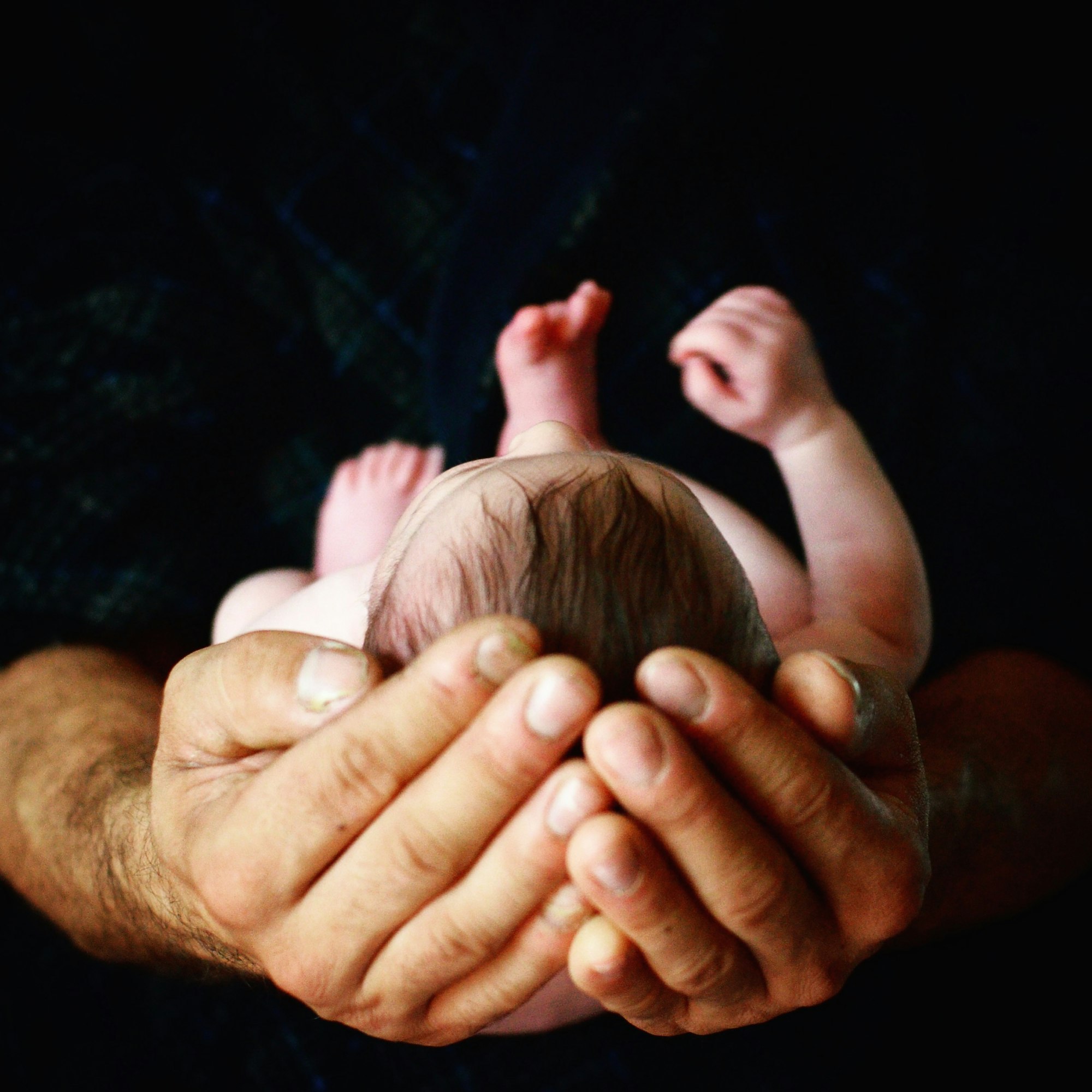Malays in Singapore: Why they may back the PAP government
Singapore’s Malays, recognized as indigenous, face representation and equity challenges. Subsidized education aids progress, but senior roles remain scarce. Elections spotlight their aspirations.

As Singapore approaches its general election on May 3, 2025, the Malay community, recognized as the nation’s indigenous people under Article 152 of the Constitution, remains a focal point of discussions on equity and representation.
Comprising about 13% of Singapore’s 3.9 million citizens, Malays have made strides in various sectors but continue to face challenges in achieving proportional leadership roles.
We are told that they would probably support the PAP candidates in the upcoming elections. This is because the Malay community is getting various benefits.
The Constitution mandates the government to safeguard Malay interests, including their language, culture, and economic well-being. Malay, the national language, has been promoted historically, though its emphasis has diminished over time.
Education and PAP
Educational subsidies have bolstered access to tertiary institutions, with many Malays benefiting from fully subsidized programs at polytechnics and universities, often tied to income qualifiers. Rent subsidies and other initiatives further support the community, yet socio-economic gaps persist, with Malays lagging in household income and home ownership compared to other groups.Politically, the Group Representation Constituency (GRC) system ensures minority representation, including Malays, in Parliament.
In 2020, 12 Malay MPs were elected under the People’s Action Party (PAP), though only one holds a Cabinet position. The 2017 presidency of Halimah Yacob, a Malay woman, marked a historic milestone, facilitated by a reserved election for the Malay community.
Grounds for complaints
In institutions, Malays are underrepresented in senior roles. The armed forces lack Malay division commanders, and the judiciary has few Malay judges. Posts on X highlight progress, noting Malay fighter pilots and MPs, but criticisms linger over perceived favoritism toward Chinese communities and the headscarf ban in public schools, seen by some as discriminatory.
Other benefits
The Mosque Building and Mendaki Fund (MBMF), established in 1975 as the Mosque Building Fund and later expanded in 1984, plays a critical role in financing the construction and upgrading of mosques in Singapore. Administered by the Majlis Ugama Islam Singapura (MUIS), the MBMF collects voluntary contributions from working Muslims, including foreign workers and permanent residents, through monthly salary deductions via the Central Provident Fund (CPF).
These funds support the Mosque Building Programme (MBP) to build new mosques in housing estates and the Mosque Upgrading Programme (MUP), launched in 2009, to renovate older mosques, expand prayer spaces, and enhance accessibility, ensuring the Muslim community’s socio-religious needs are met. In 2015, the MBMF collected nearly S$24 million, reflecting its significance in sustaining mosque development
As Singapore votes, the Malay community’s aspirations for greater representation and equity remain central to the nation’s multicultural narrative.


